Input interpretation

acetamide
Chemical names and formulas
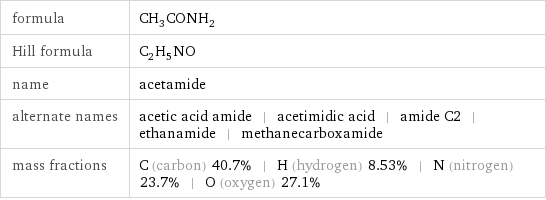
formula | CH_3CONH_2 Hill formula | C_2H_5NO name | acetamide alternate names | acetic acid amide | acetimidic acid | amide C2 | ethanamide | methanecarboxamide mass fractions | C (carbon) 40.7% | H (hydrogen) 8.53% | N (nitrogen) 23.7% | O (oxygen) 27.1%
Lewis structure
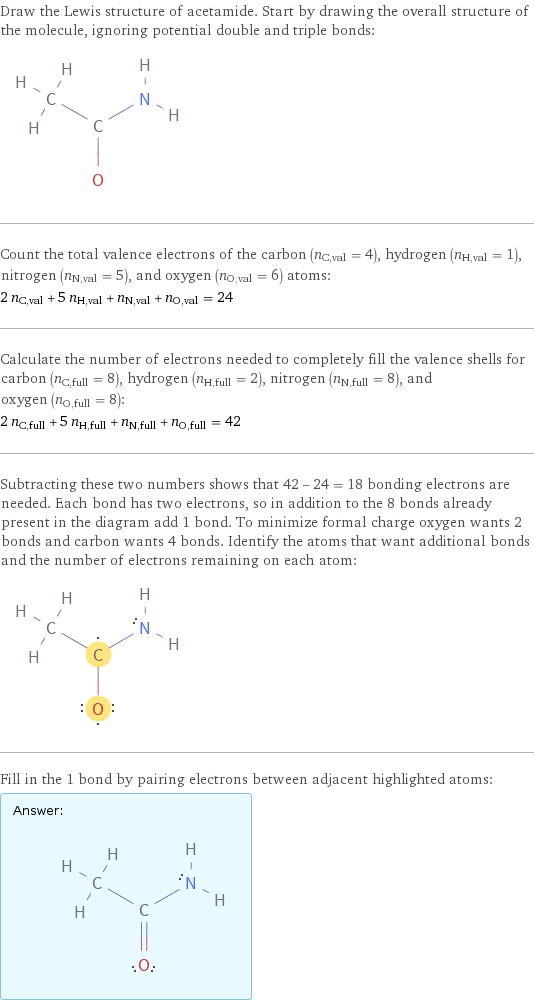
Draw the Lewis structure of acetamide. Start by drawing the overall structure of the molecule, ignoring potential double and triple bonds: Count the total valence electrons of the carbon (n_C, val = 4), hydrogen (n_H, val = 1), nitrogen (n_N, val = 5), and oxygen (n_O, val = 6) atoms: 2 n_C, val + 5 n_H, val + n_N, val + n_O, val = 24 Calculate the number of electrons needed to completely fill the valence shells for carbon (n_C, full = 8), hydrogen (n_H, full = 2), nitrogen (n_N, full = 8), and oxygen (n_O, full = 8): 2 n_C, full + 5 n_H, full + n_N, full + n_O, full = 42 Subtracting these two numbers shows that 42 - 24 = 18 bonding electrons are needed. Each bond has two electrons, so in addition to the 8 bonds already present in the diagram add 1 bond. To minimize formal charge oxygen wants 2 bonds and carbon wants 4 bonds. Identify the atoms that want additional bonds and the number of electrons remaining on each atom: Fill in the 1 bond by pairing electrons between adjacent highlighted atoms: Answer: | |
3D structure
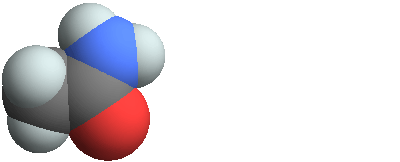
3D structure
Basic properties
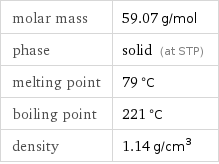
molar mass | 59.07 g/mol phase | solid (at STP) melting point | 79 °C boiling point | 221 °C density | 1.14 g/cm^3
Units

Hydrophobicity and permeability properties
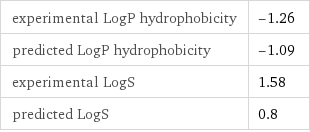
experimental LogP hydrophobicity | -1.26 predicted LogP hydrophobicity | -1.09 experimental LogS | 1.58 predicted LogS | 0.8
Basic drug properties

approval status | experimental | small molecule
Solid properties (at STP)
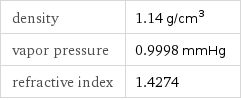
density | 1.14 g/cm^3 vapor pressure | 0.9998 mmHg refractive index | 1.4274
Units

Thermodynamic properties
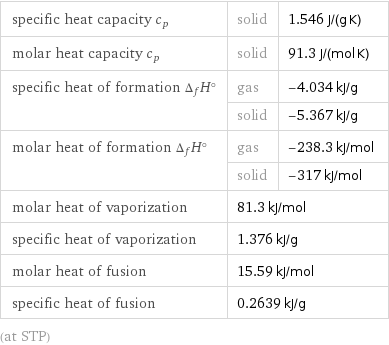
specific heat capacity c_p | solid | 1.546 J/(g K) molar heat capacity c_p | solid | 91.3 J/(mol K) specific heat of formation Δ_fH° | gas | -4.034 kJ/g | solid | -5.367 kJ/g molar heat of formation Δ_fH° | gas | -238.3 kJ/mol | solid | -317 kJ/mol molar heat of vaporization | 81.3 kJ/mol | specific heat of vaporization | 1.376 kJ/g | molar heat of fusion | 15.59 kJ/mol | specific heat of fusion | 0.2639 kJ/g | (at STP)
Chemical identifiers
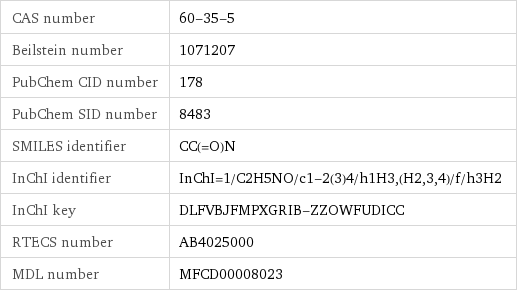
CAS number | 60-35-5 Beilstein number | 1071207 PubChem CID number | 178 PubChem SID number | 8483 SMILES identifier | CC(=O)N InChI identifier | InChI=1/C2H5NO/c1-2(3)4/h1H3, (H2, 3, 4)/f/h3H2 InChI key | DLFVBJFMPXGRIB-ZZOWFUDICC RTECS number | AB4025000 MDL number | MFCD00008023
NFPA label

NFPA label
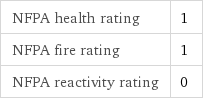
NFPA health rating | 1 NFPA fire rating | 1 NFPA reactivity rating | 0
Safety properties

flash point | 126 °C lower explosive limit | 3.6% (concentration in air) upper explosive limit | 20.5% (concentration in air)
Toxicity properties

lethal dosage | 800 mg/kg (oral dose for rats)

probable lethal dose for man | 600 mL (milliliters) RTECS classes | tumorigen | drug | mutagen | reproductive effector